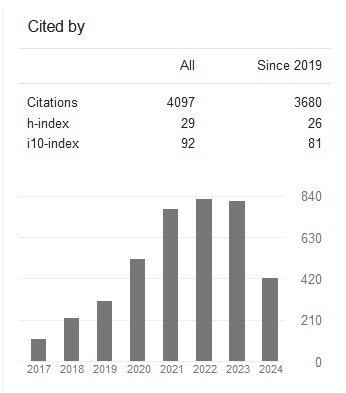Analyzing the Influence of Various Fuzzification Methods in the Evaluation of Netbeans Java Components’ Interface Complexity for Reusability( Vol-3,Issue-9,September - September 2017 ) |
|
Author(s): Ajayi Olusola Olajide, Elemese Tolulope Olawale, Aderele Tolulope Busayo |
|
Keywords: |
|
|
fuzzification, reusability, interface complexity, Java, NetBeans, components, inference engine, membership function. |
|
Abstract: |
|
|
The prognostic nature of fuzzy has made it a versatile tool in handling uncertainty problem. One of the major components of fuzzy system that plays an important role in its successful interpretability is fuzzification. While many researches have utilized its different forms in the accomplishment of their evaluations, especially in the domain of component based software development; it remains to be seen, the application and effects of these different membership functions in the assessment of components a singular solution. The research work examined the interface complexity of two NetBeans Java Components in determining their reusability. The result of the experimentation carried using MATLAB as tool, shows that Trapezoidal returned the highest reusability value, indicating that the components are reusable, and Polynomial fuzzification method returning the lowest reusability value and giving a false alarm that the used components were not reusable. The results underline the indispensable role of fuzzification method in the evaluation of component reusability. |
|
Cite This Article: |
|
| Show All (MLA | APA | Chicago | Harvard | IEEE | Bibtex) | |
Share: |
|

 DOI:
DOI: 



























